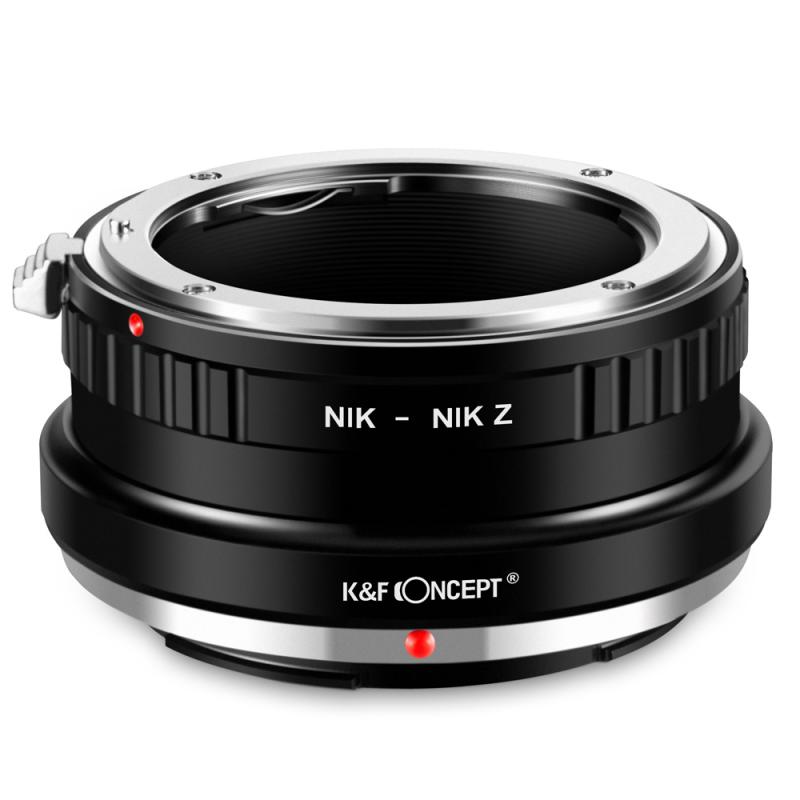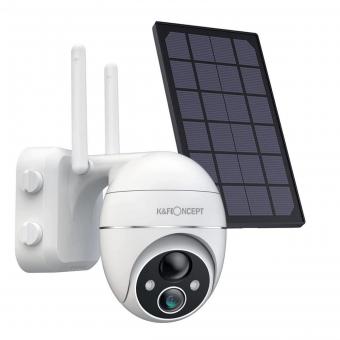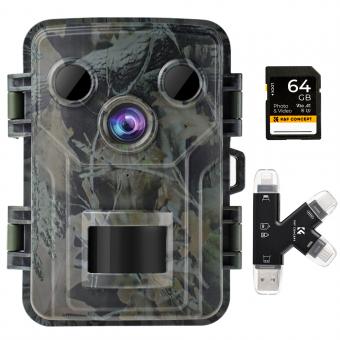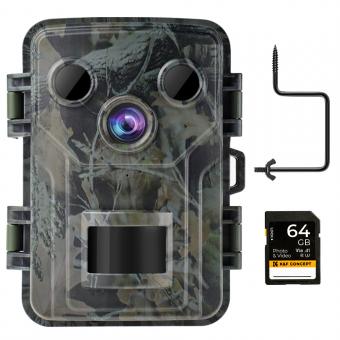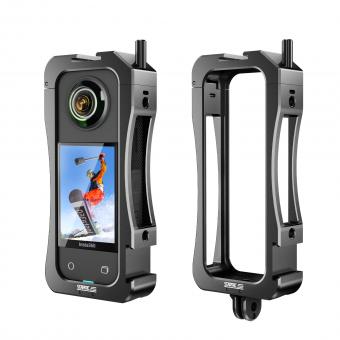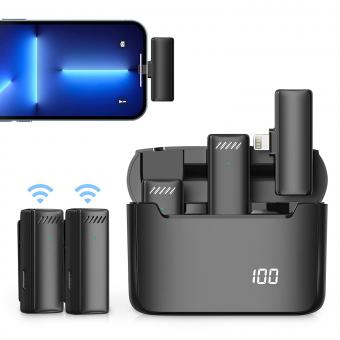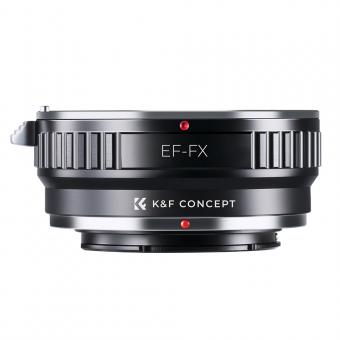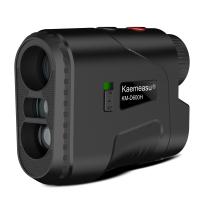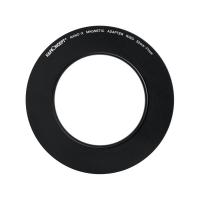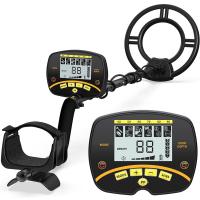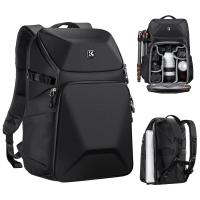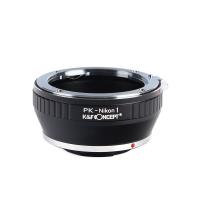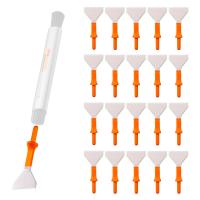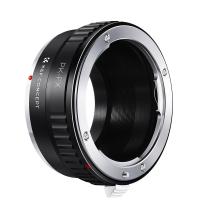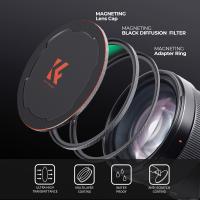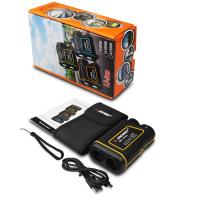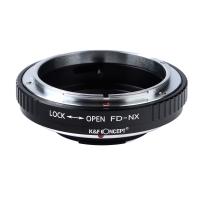How To Install Wireless Cctv Camera At Home ?
To install a wireless CCTV camera at home, first, choose a suitable location for the camera that provides a good view of the area you want to monitor. Ensure that the camera is within the range of your Wi-Fi network. Next, mount the camera securely using the provided brackets or mounts. Make sure it is positioned at the desired angle and height.
Connect the camera to a power source using the provided power adapter. Ensure that the camera is receiving power and turned on. Then, follow the manufacturer's instructions to connect the camera to your Wi-Fi network. This usually involves using a mobile app or a web interface to scan for available networks and enter the network credentials.
Once the camera is connected to your Wi-Fi network, you can access the live feed and configure settings through the manufacturer's app or software. Set up any desired features such as motion detection, alerts, or recording options.
It is important to regularly check the camera's connectivity and ensure that it is functioning properly. Adjust the camera position if needed to optimize the view. Additionally, consider securing your camera's feed with a strong password and enabling encryption for added security.
1、 Selecting the right wireless CCTV camera for home installation
Selecting the right wireless CCTV camera for home installation is crucial to ensure the security and surveillance of your property. With advancements in technology, wireless CCTV cameras have become increasingly popular due to their ease of installation and flexibility. Here are some key points to consider when choosing a wireless CCTV camera for your home.
Firstly, determine your specific surveillance needs. Consider factors such as the area you want to cover, the level of detail required, and whether you need features like night vision or motion detection. This will help you narrow down your options and choose a camera that meets your requirements.
Next, consider the camera's resolution and image quality. Opt for a camera with high-definition resolution to ensure clear and detailed footage. Additionally, look for cameras with wide-angle lenses to capture a larger field of view.
Another important factor to consider is the camera's connectivity options. Ensure that the camera supports wireless connectivity, allowing you to connect it to your home's Wi-Fi network. This will enable you to access the camera's live feed remotely through a smartphone or computer.
Additionally, consider the camera's storage options. Some cameras offer cloud storage, allowing you to store footage online, while others have built-in memory cards. Choose a camera that offers sufficient storage capacity and consider the cost implications of cloud storage.
Lastly, consider the camera's durability and weather resistance, especially if you plan to install it outdoors. Look for cameras with an IP rating, indicating their resistance to dust and water.
In terms of installation, wireless CCTV cameras are relatively easy to set up. Most cameras come with detailed instructions, and many manufacturers provide video tutorials for assistance. However, if you are unsure, it is recommended to seek professional help to ensure proper installation and optimal performance.
In conclusion, selecting the right wireless CCTV camera for home installation involves considering factors such as surveillance needs, image quality, connectivity options, storage, and durability. By carefully evaluating these aspects, you can choose a camera that provides effective and reliable security for your home.
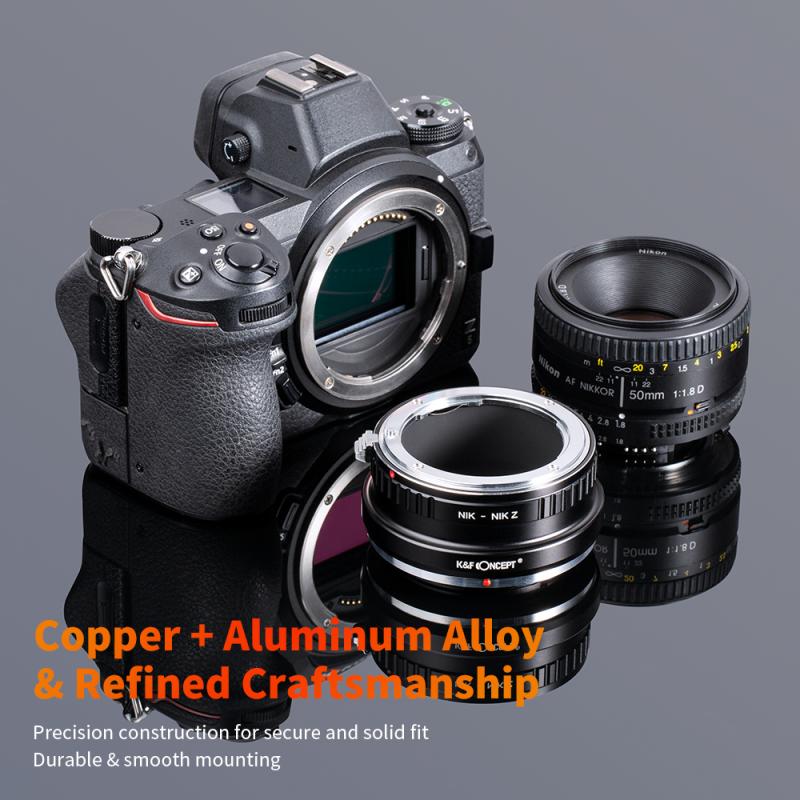
2、 Determining the optimal location for installing the wireless CCTV camera
Determining the optimal location for installing a wireless CCTV camera is crucial to ensure effective surveillance and security at home. With advancements in technology, wireless cameras have become increasingly popular due to their ease of installation and flexibility. Here are some steps to guide you on how to install a wireless CCTV camera at home:
1. Assess your security needs: Determine the areas you want to monitor and the purpose of installing the camera. This will help you identify the number of cameras required and their specific features.
2. Choose the right camera: Select a wireless CCTV camera that suits your requirements. Consider factors such as resolution, night vision capabilities, motion detection, and remote access options.
3. Plan camera placement: Identify strategic locations that provide a wide field of view and cover vulnerable areas. Common spots include entrances, driveways, and backyards. Ensure the camera is protected from harsh weather conditions and tampering.
4. Install the camera: Follow the manufacturer's instructions to mount the camera securely. Ensure it is positioned at the desired angle and height for optimal coverage. Test the camera's connectivity and adjust if necessary.
5. Set up the wireless connection: Connect the camera to your home's Wi-Fi network. Follow the camera's instructions to establish a secure connection. Consider using strong passwords and enabling encryption for added security.
6. Configure the camera settings: Access the camera's settings through a mobile app or web interface. Customize features such as motion detection sensitivity, recording schedules, and notifications. Regularly update the camera's firmware to benefit from the latest security enhancements.
7. Monitor and maintain: Regularly check the camera's feed to ensure it is functioning correctly. Clean the lens periodically and ensure the camera remains connected to the Wi-Fi network.
It is important to note that laws and regulations regarding the use of CCTV cameras may vary by jurisdiction. Familiarize yourself with local laws and respect the privacy of others when installing and using wireless CCTV cameras at home.
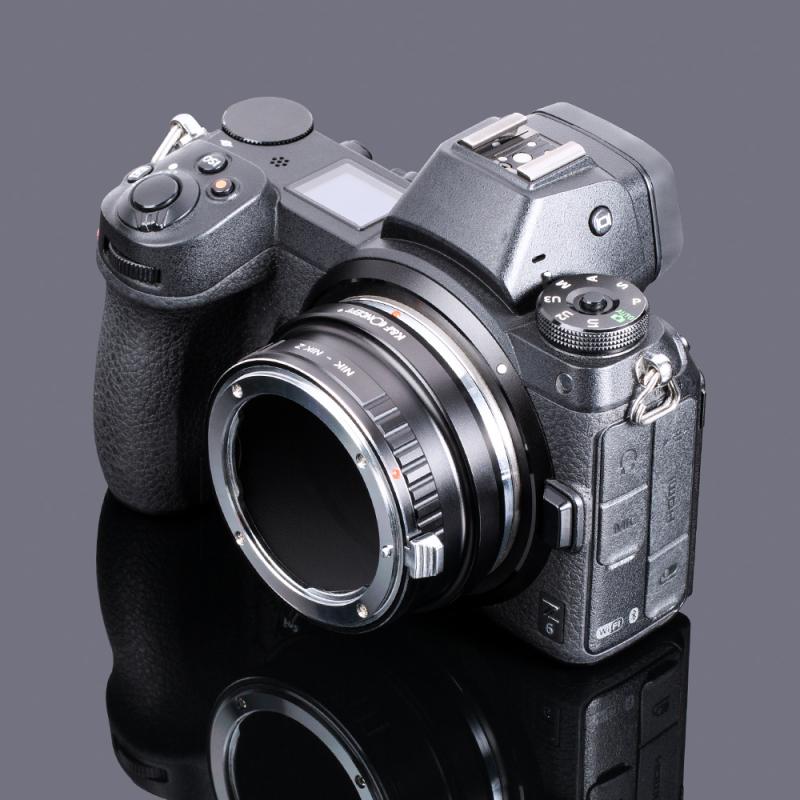
3、 Mounting the wireless CCTV camera securely
Mounting the wireless CCTV camera securely is an essential step in ensuring the safety and security of your home. With advancements in technology, wireless CCTV cameras have become increasingly popular due to their ease of installation and flexibility. Here is a step-by-step guide on how to install a wireless CCTV camera at home, along with the latest point of view:
1. Choose the right location: Select a strategic location for your wireless CCTV camera that provides a wide coverage area. Consider areas such as entrances, driveways, and backyards. The latest point of view suggests placing cameras at eye level to capture clear facial features for better identification.
2. Check the Wi-Fi signal strength: Before mounting the camera, ensure that the Wi-Fi signal is strong enough in the chosen location. Weak signals can result in poor video quality or intermittent connectivity. The latest point of view emphasizes the importance of a stable internet connection for seamless monitoring.
3. Mount the camera: Use the mounting bracket provided with the camera to securely attach it to the desired location. Ensure that the camera is angled correctly to capture the desired area. The latest point of view suggests using weatherproof and tamper-resistant mounts to protect the camera from vandalism or harsh weather conditions.
4. Connect to power: Most wireless CCTV cameras require a power source. Connect the camera to a nearby power outlet using the provided power adapter. Alternatively, consider using a battery-powered camera for more flexibility. The latest point of view highlights the increasing popularity of battery-powered cameras due to their easy installation and lack of wiring.
5. Connect to the app: Download the manufacturer's app on your smartphone or tablet. Follow the instructions to connect the camera to your home Wi-Fi network. The latest point of view emphasizes the importance of choosing a camera with a user-friendly app that offers features like live streaming, motion detection, and cloud storage.
6. Test and adjust: Once the camera is connected, test its functionality by accessing the live feed on your smartphone. Make any necessary adjustments to the camera's angle or settings to optimize its performance. The latest point of view suggests regularly checking the camera's feed and adjusting settings as needed to ensure continuous surveillance.
By following these steps and considering the latest point of view, you can successfully install a wireless CCTV camera at home and enhance the security of your property. Remember to regularly maintain and update your camera's firmware to ensure optimal performance and stay up to date with the latest security features.
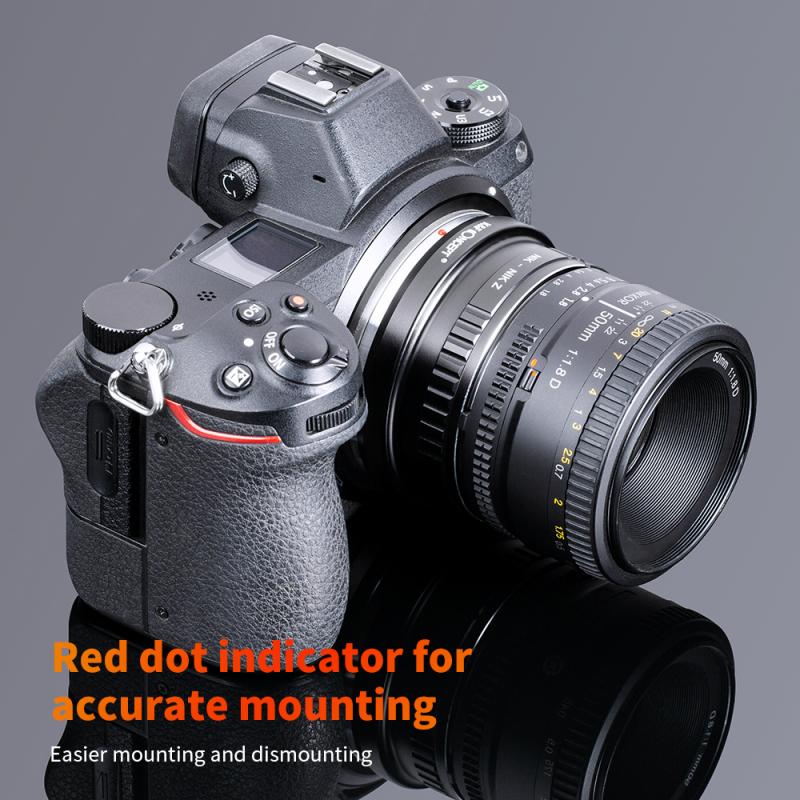
4、 Connecting the wireless CCTV camera to a power source
To install a wireless CCTV camera at home, you need to follow a few simple steps. One of the first steps is connecting the camera to a power source. This is crucial as it ensures that the camera has a continuous power supply to function properly.
There are two main options for powering a wireless CCTV camera: using a power adapter or using a battery. The power adapter option requires you to connect the camera to a nearby power outlet using a cable. This ensures a constant power supply, eliminating the need to recharge or replace batteries. On the other hand, using a battery allows for more flexibility in camera placement, as it eliminates the need for a nearby power outlet. However, batteries need to be recharged or replaced periodically.
When connecting the camera to a power source, it is important to consider the camera's location and accessibility to the power outlet. Ensure that the power cable is long enough to reach the outlet without any tension or strain. Additionally, it is recommended to use a surge protector to protect the camera from power surges and fluctuations.
In terms of the latest point of view, advancements in technology have led to the development of wireless CCTV cameras that can be powered using solar panels. These cameras harness solar energy to charge their batteries, making them more environmentally friendly and reducing the need for frequent battery replacements. This option is particularly useful for outdoor surveillance cameras that are exposed to sunlight.
In conclusion, connecting a wireless CCTV camera to a power source is an essential step in installing it at home. Whether using a power adapter, battery, or solar panel, ensuring a continuous power supply is crucial for the camera's proper functioning.
